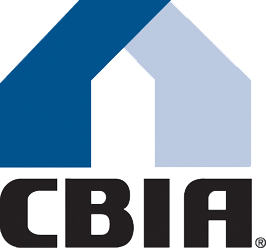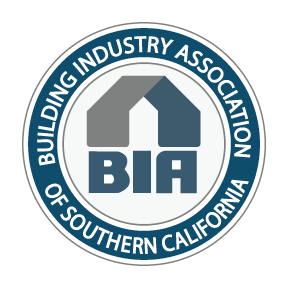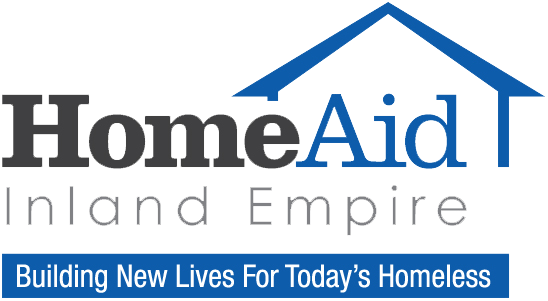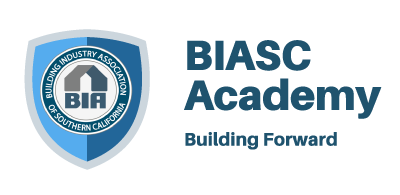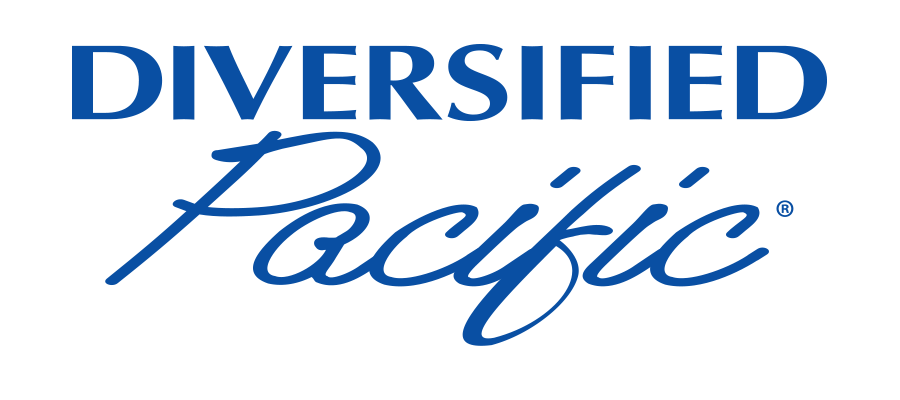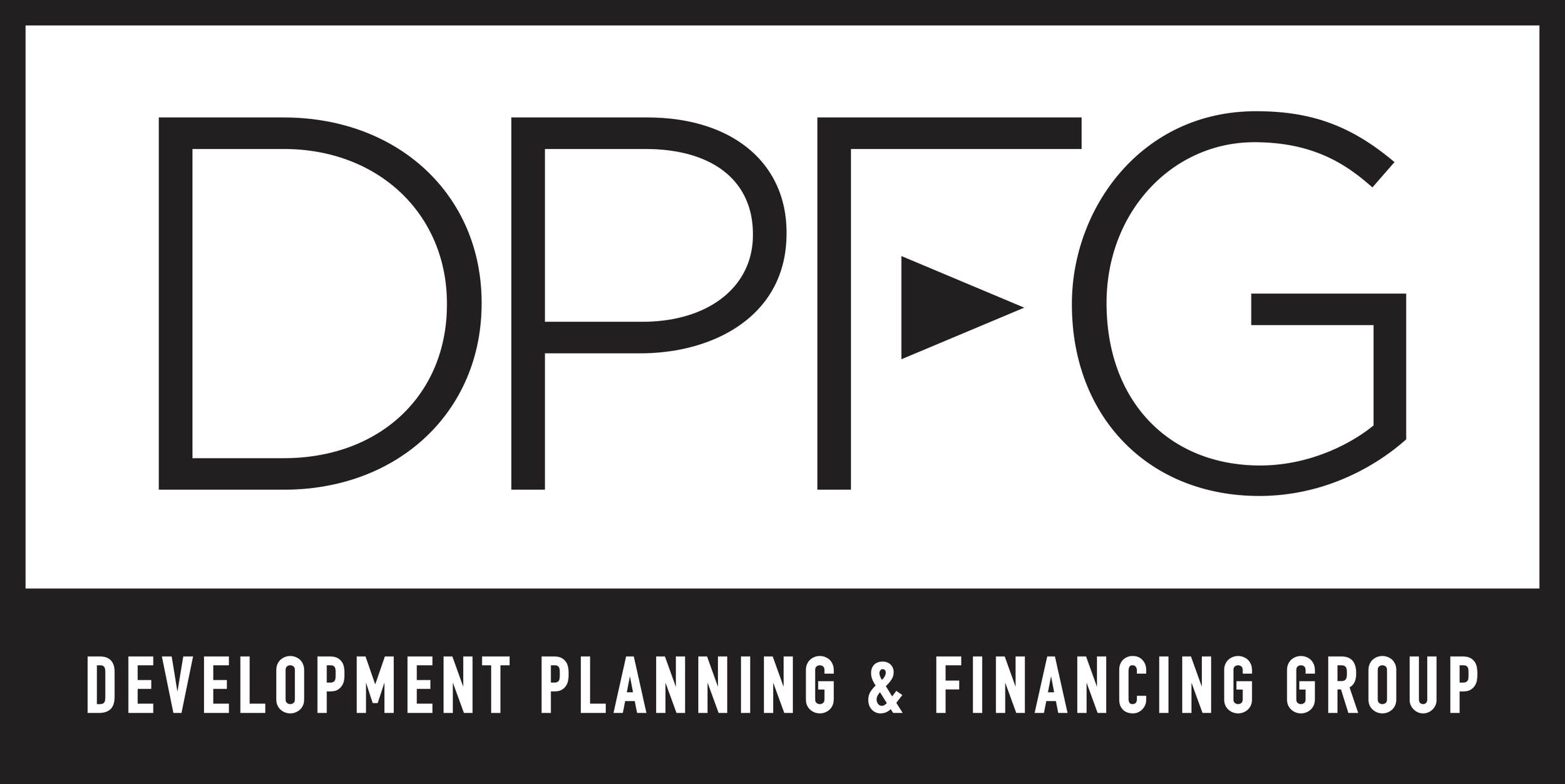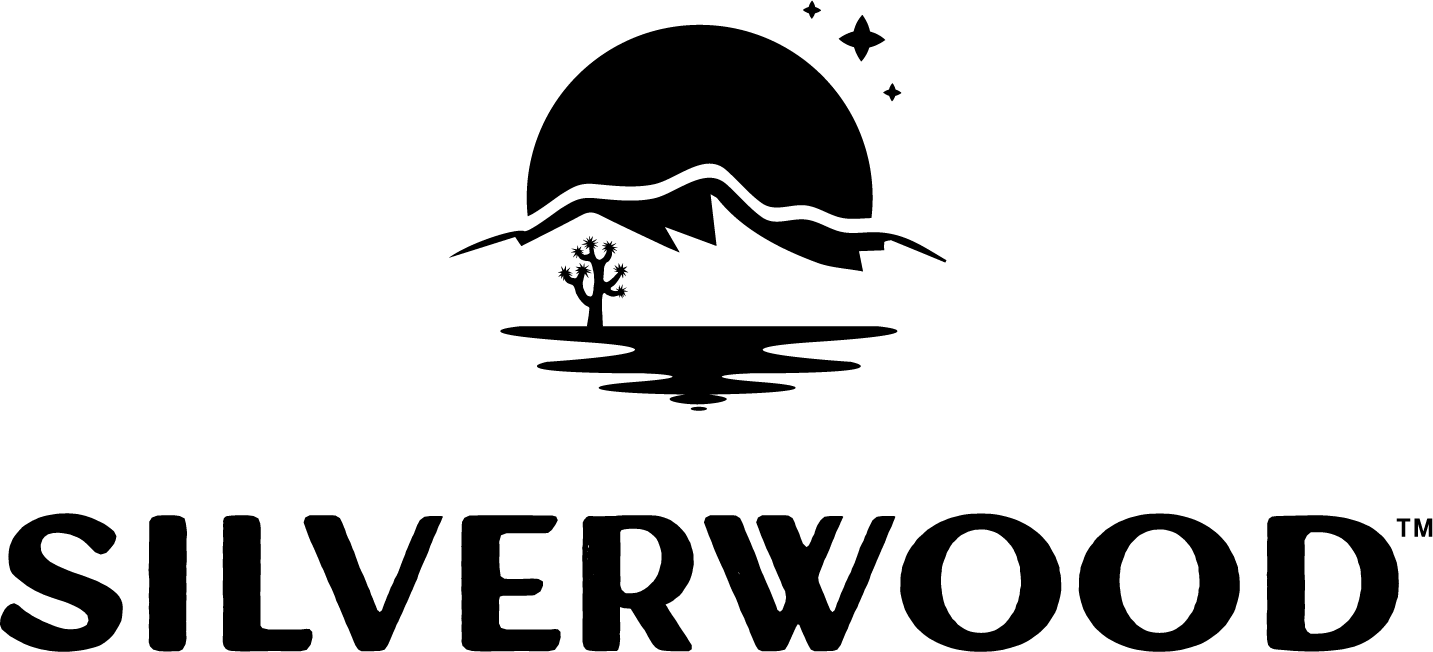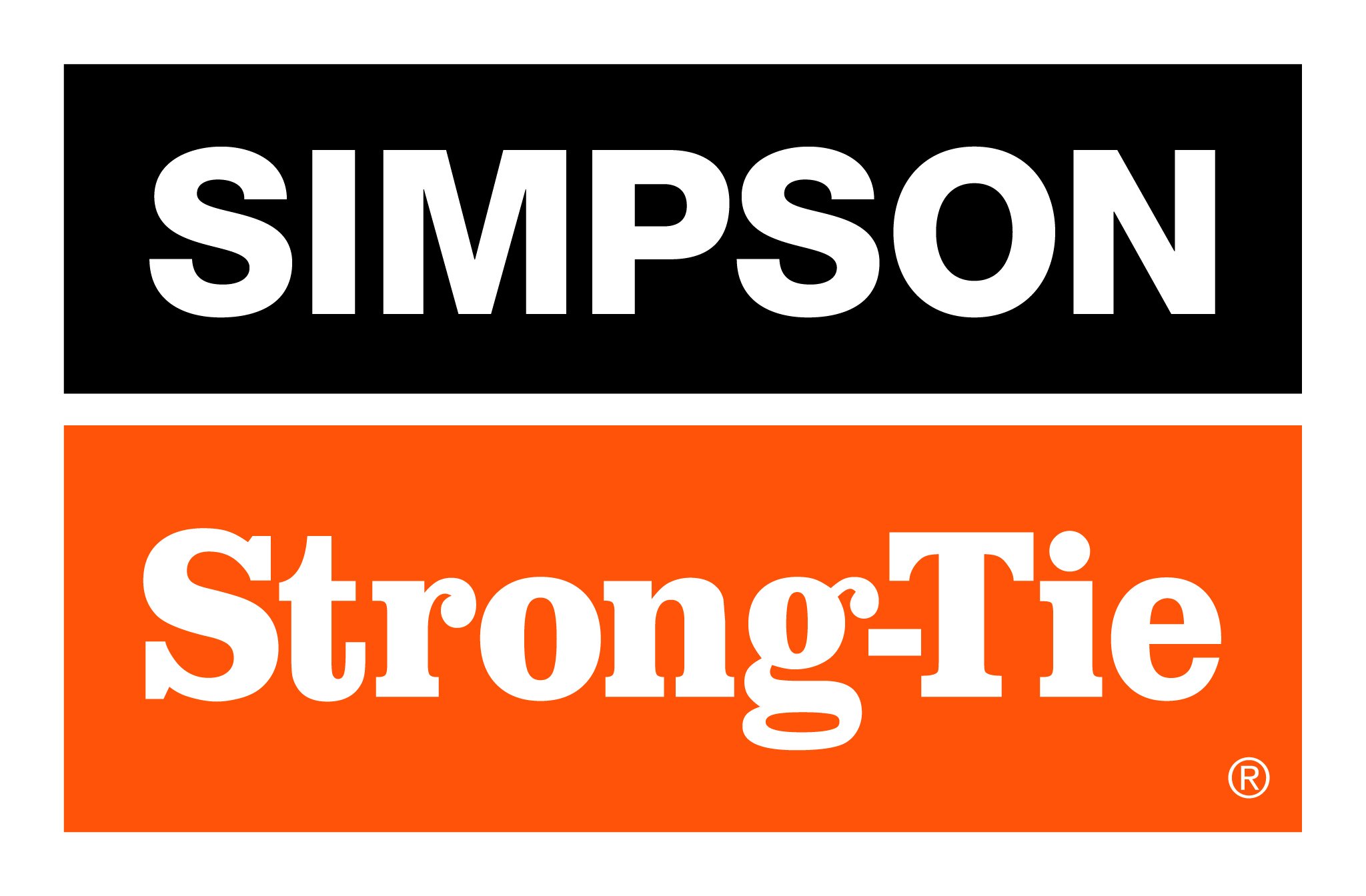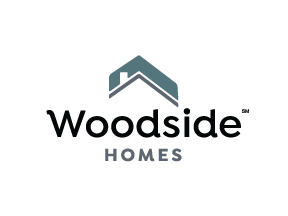ByAli Sahabi of Optimum Group, LLC
President, Building Industry Association (BIA) Baldy View Chapter
“State-of-the-art” is the phrase that pops up most frequently when writing about new homes. This is due to the fact that the home itself, the appliances in it, the materials and techniques used to build it as well as the new home community in which it was built all reflect the latest in technology and applications. So devoting the entire month of April as we do with National Homeownership Month will entail frequent use of the phrase.
According to the Oxford Dictionary, the phrase means “(t)he most recent stage in the development of a product, incorporating the newest ideas and features.” And the good news for today’s homebuyers is that these most recent stages means that investing in a new home can be as economical as an existing home because homebuyers can avail themselves of the comfort, safety, durability and security of a newly constructed home at about the same level of investment as an existing home.
An analysis by the National Association of Home Builders (NAHB) of the United States Census Bureau and Department of Housing and Urban Development's (HUD) 2011 American Housing Survey illustrated how buyers can purchase a more expensive newer home and achieve the same annual operating costs as an older, existing home. The study analyzed how because utility, maintenance, property tax and insurance costs vary depending on the age of the structure, homes built before 1960 have average maintenance costs of about $564 a year, while a home built after 2008 averages around $241. Similarly, operating costs average nearly five percent of the home's value for pre-1960 structures, while they average less than three percent when the home was built later than 2008.
The study compared the first year after-tax cost of owning a home by the year the house was built, taking into account the purchase price, mortgage payments, annual operating costs and income tax savings. This data showed that a buyer can afford to pay 23 percent more for a new house than for one built before 1960 and still maintain the same amount of first year annual costs.
While mortgage payments will be greater with the higher purchase price of a newly-built home, the lower operating costs mean the homebuyer will have annual costs that are about the same as if they'd bought a lesser-priced, older home with a smaller mortgage payment and higher operating expenses.
One of the most important cost-saving aspects of purchasing a new is that new homes are stocked with the latest in energy-saving appliances which can be depended on to deliver the services they're supposed to for a long time. Add up the long-term savings on water-conserving irrigation systems and landscapes and energy-saving dishwashers, central air-conditioning and heating units and its clear how those savings add up to a major benefit of new homeownership.
Now factor in additional long-term cost savings because the home’s structure and its components are built to last. According to the NAHB/Bank of America Home Equity Study of Life Expectancy of Home Components, all types of modern insulation in your new home can be reasonably expected to last a lifetime if they are properly installed and protected against punctures, moisture and ultraviolet rays. Windows can last decades if properly maintained. Aluminum windows could be reasonably expected to last up to 20 years while wooden windows can last upwards of 30 years. Thanks to scientific advances in paints and coatings, today's home exterior paint can last up to two decades. While the life expectancy of a roof depends on local weather conditions as well as appropriate maintenance, the study found that slate, copper and clay/concrete roofs could be expected to last more than half a century. Roofs made of asphalt shingles should last for about 20 years and fiber cement shingles should last about 25 years.
So, if you are considering purchasing a home, remember to factor in the additional long-term savings and peace of mind that comes with knowing that your brand new appliances will be there when you need them and work to your highest expectations. Your water heater, furnace, air-conditioning and irrigation systems are protecting your environment inside and out.
Today's new home is built to last and that is yet another reason another reason we celebrate National New Homes Month because homeownership transforms our most basic expense into what is for most Americans the biggest and best investment they will ever make. The BIA Baldy View Chapter seeks to advance the opportunity to attain the American Dream of home ownership. For additional information on purchasing or owning a home, go to www.biabuild.com.



